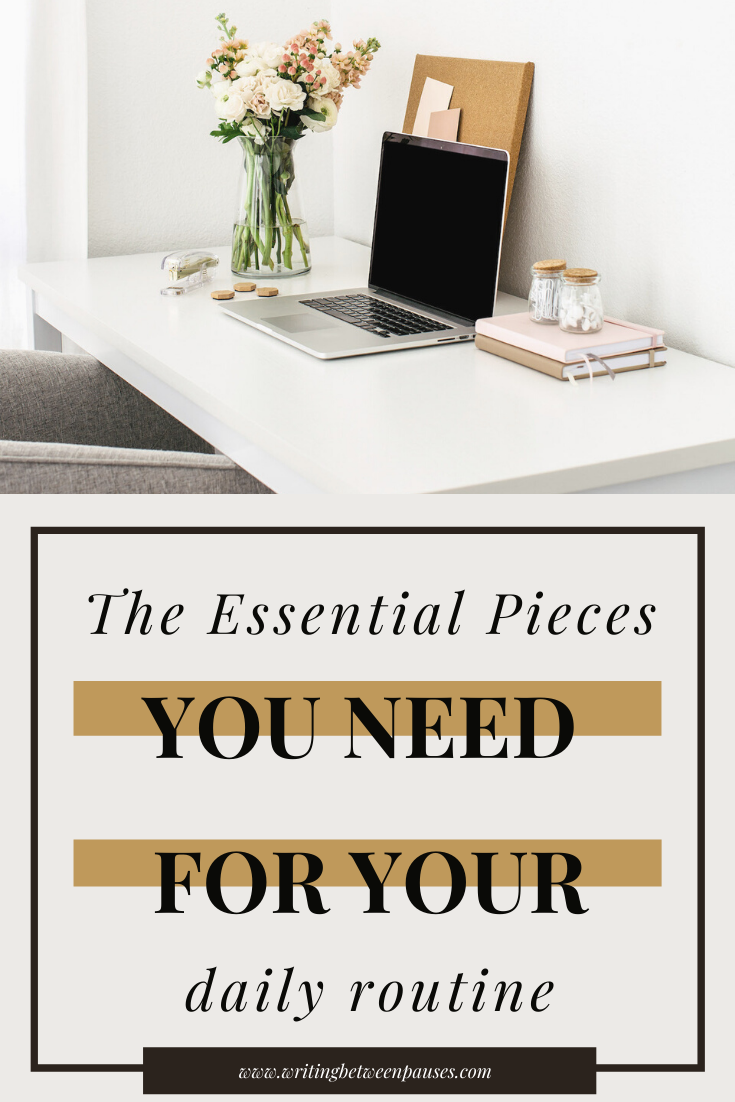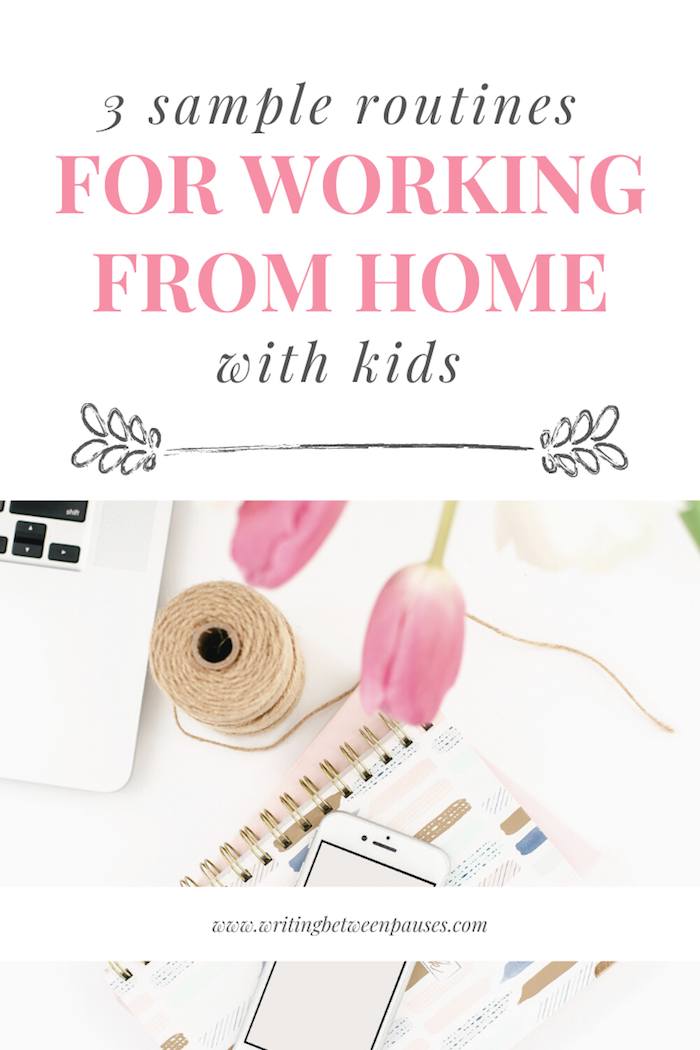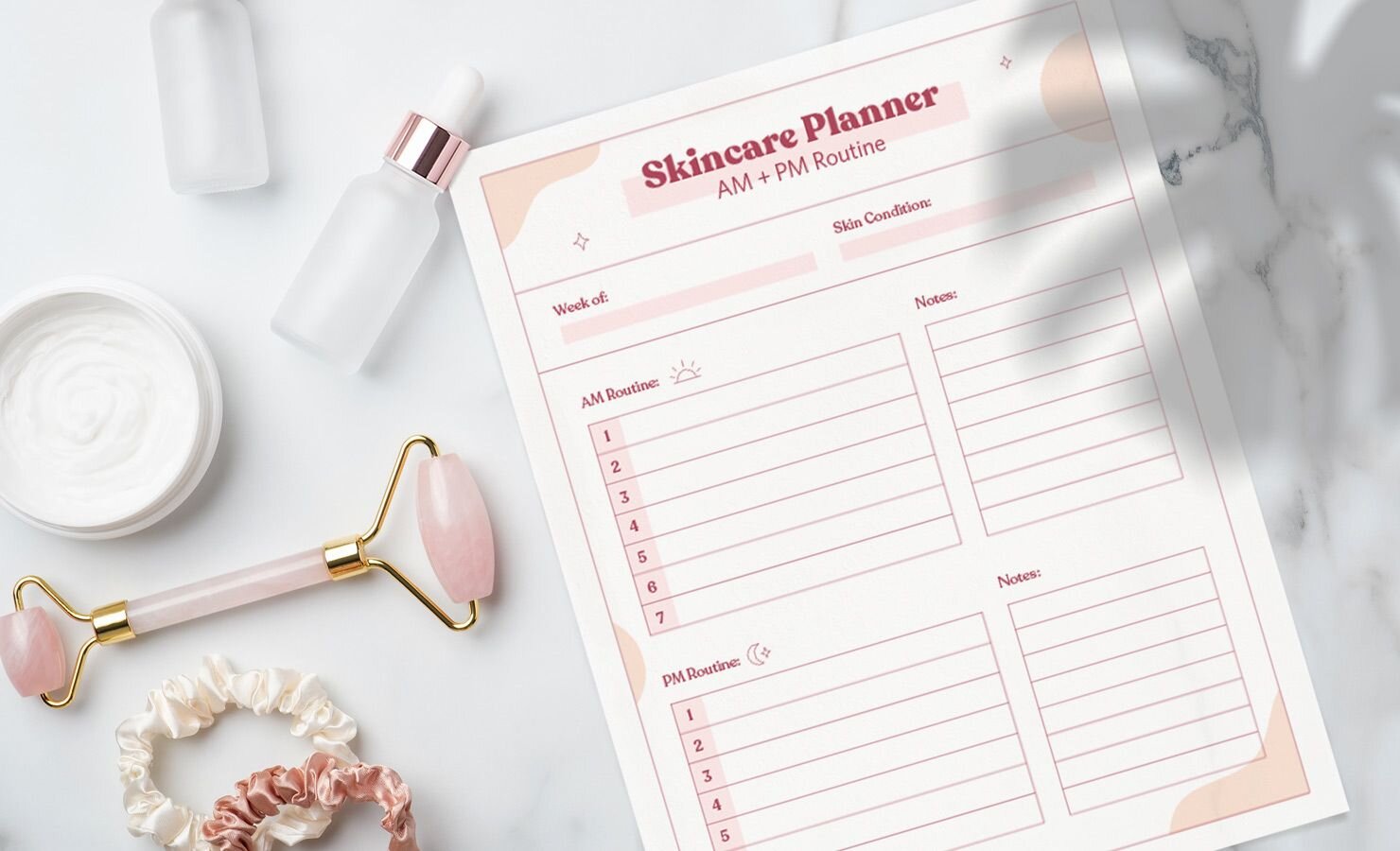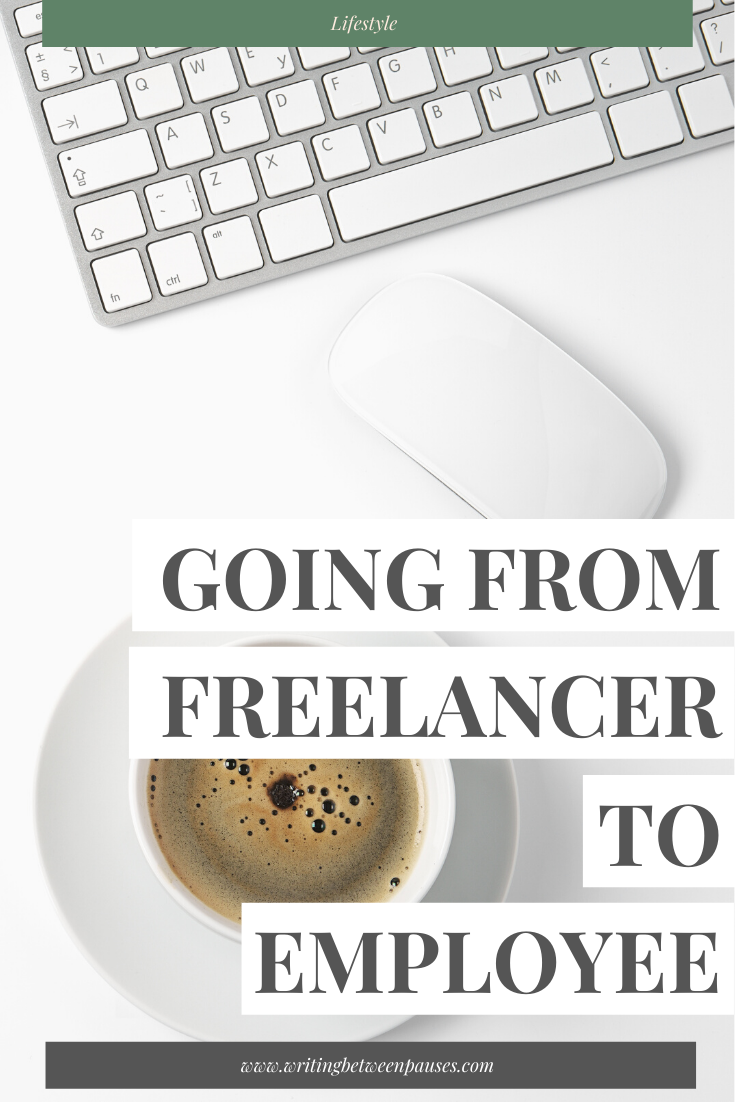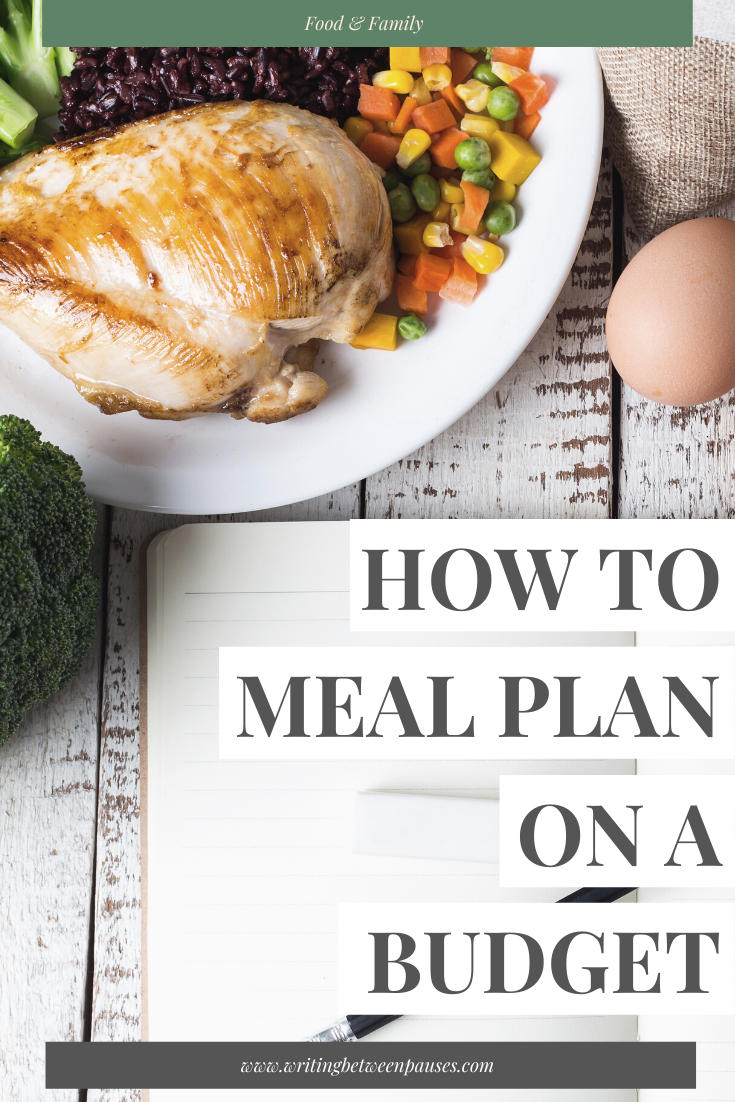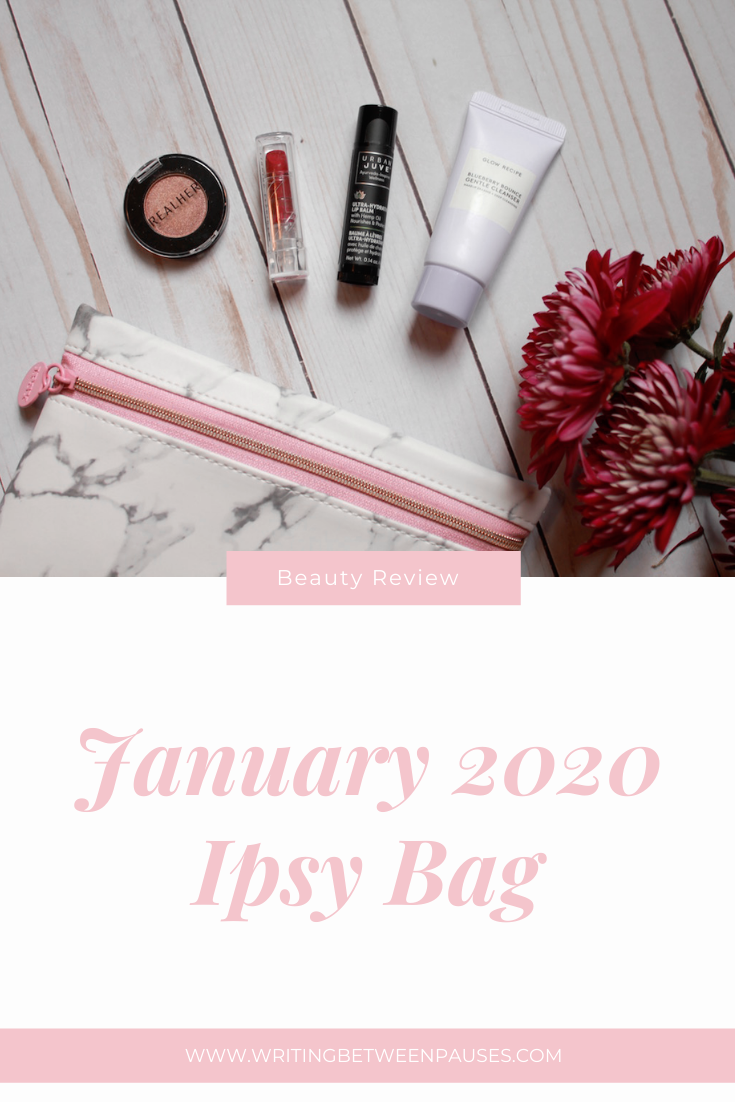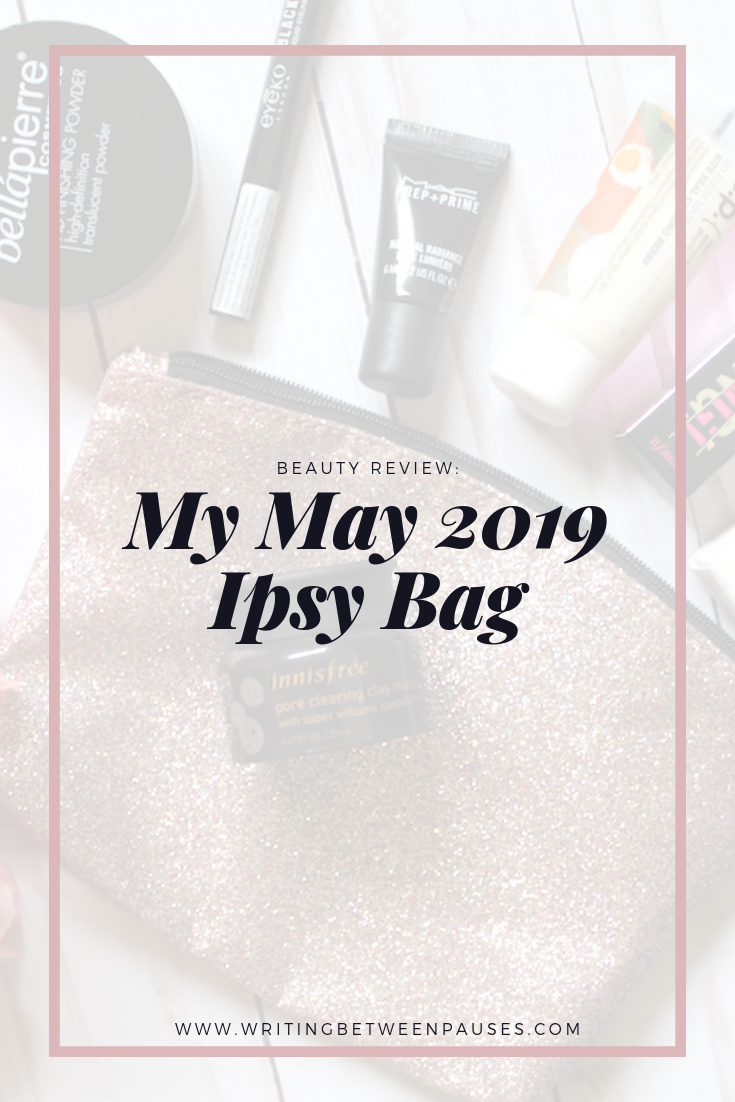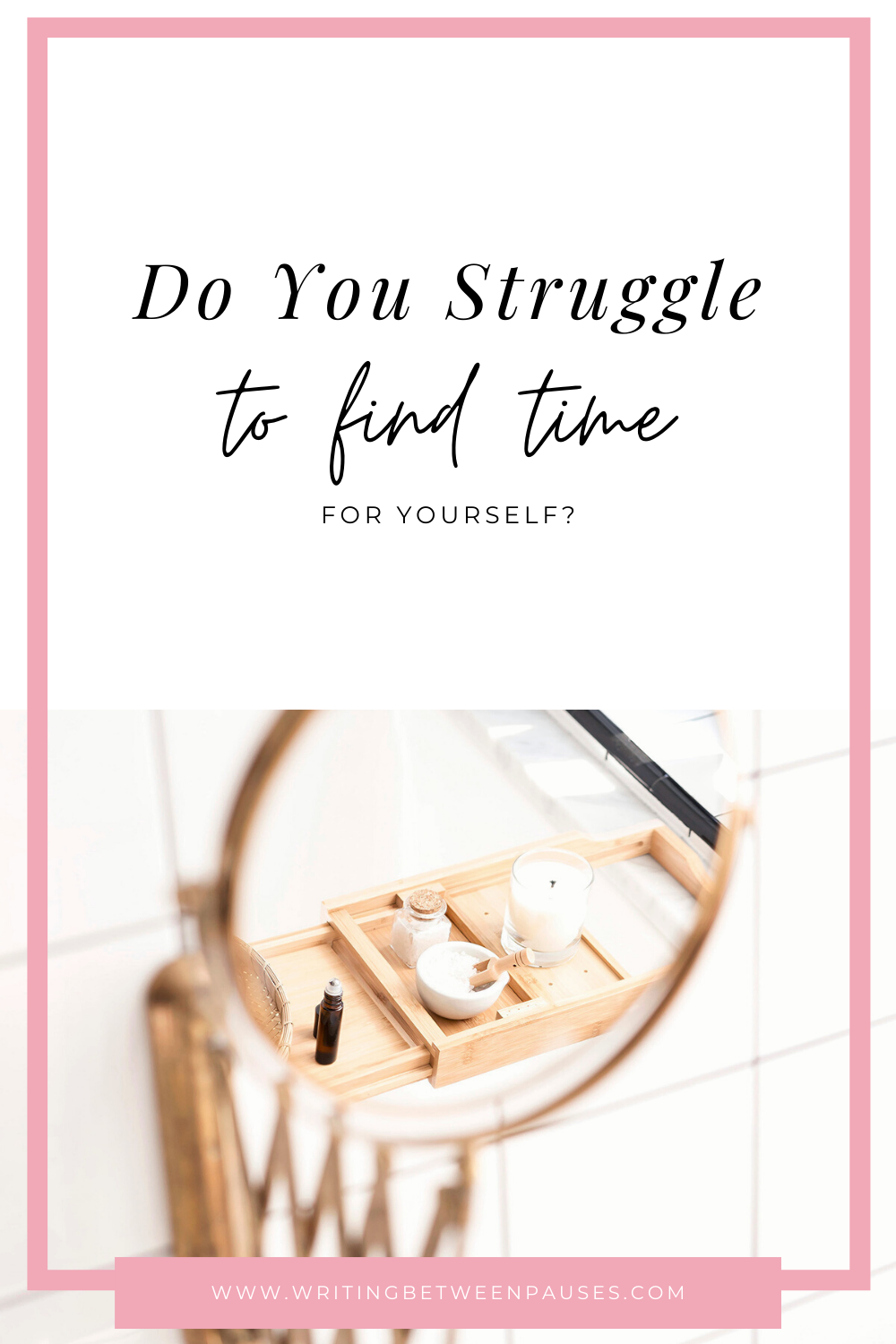Does it feel like it’s been ages since I’ve done a beauty review? It does, because it has been!
For a long time, beauty products were my go-to to feel good. However, I started to get really burnt out. Sometimes, it feels like hobbies are driven by consuming more and more products—beauty gurus have to always have what’s new, trying what’s new, rather than using what they have. It just plain wasn’t sustainable for my life anymore, I just didn’t have room for that many products.
Over the last few years, I’ve been really working to narrow down my skincare routine so it’s easier for me to use and, ultimately, more effective.
One huge piece for me has been, surprise, dermaplaning. You’ve probably seen these videos on TikTok or Instagram, but, per a quick Google, this is the definition of dermaplaning: “Dermaplaning is a skin treatment that uses an exfoliating blade to skim dead skin cells and hair from your face.”
Basically: you use a little facial razor to shave your face. It’s fun to watch, kind of soothing, very ASMR. The benefits are that this can exfoliate your face, as well as help your makeup apply more smoothly. One of my biggest issues is skin texture—and the reality is all of us have skin texture (all beauty gurus use a blurring filter, if not multiple!). But having my make up apply a little more smoothly is a big draw.
I was approached by the brand No Mo-Stache a few weeks ago to try out their compact facial razor. This was a really exciting email to receive, because I’ve seen No Mo-Stache in stores before. Their branding and packaging is so cute. Plus, I’m always down to try something new.
They sent me their folding facial razor, along with their eyebrow and face waxing strips. Full disclosure: I actually can’t use the waxing strips right now since I use Retinol. I’ll share a great insert they sent along that includes some information about what to do before waxing—if you use Retinol, however, you can’t wax, as it can cause burns and a reaction.
I can use the razor though, and good thing, because I have been looking for a non-scrub, physical exfoliation for a while.
I have very textured skin, probably because I’ve never met a drop of water I liked that much. I know scrubs are bad for your skin, but chemical exfoliation is simply not enough for my skin—it doesn’t do much. Dermaplaning is a great, gentle way to physically exfoliate, plus remove any hair on your face that you don’t want.
So how do you dermaplane?
Firstly, you wash your face to remove all make up and built up oil. Dry and apply aloe vera. Then, holding the facial razor at about a 45% angle to your skin, you just…. shave your face.
That’s it. That’s literally it. You’re shaving your face with a tiny straight blade. It’s surprisingly fun! And again: it’s really cathartic to see all that build up being physically removed from your face.
The first time I dermaplaned, my skin felt so smooth afterwards. I did a light second wash with my foaming Cetaphil cleanser, then applied First Aid Beauty’s Repair Cream (I’m working to repair my acid mantle—I don’t want to talk about it). The next day, I put on foundation and was actually surprised at how much of a difference there was. Just much smoother application.
Dermaplaning isn’t a fix to every problem. The hair on your face will grow back, but you don’t want to dermaplane too often. I’ve done it twice now over the course of 4 weeks. It feels really nice, it’s fun, and it’s a simple way to just feel better about your skin.
Here’s that ”before waxing” checklist I promised! Most importantly, you just want to make sure you test your skin first, don’t have too dry of skin, and aren’t using medications that could cause a reaction with the wax.
No Mo Stache is available from Ulta and Target, but you can also purchase from their website here.
Disclaimer: as denoted by the asterisk (*) in this title, I was sent these items free in exchange for review and posting. However, all opinions remain my own. To learn more about my disclosure policy, click here.






